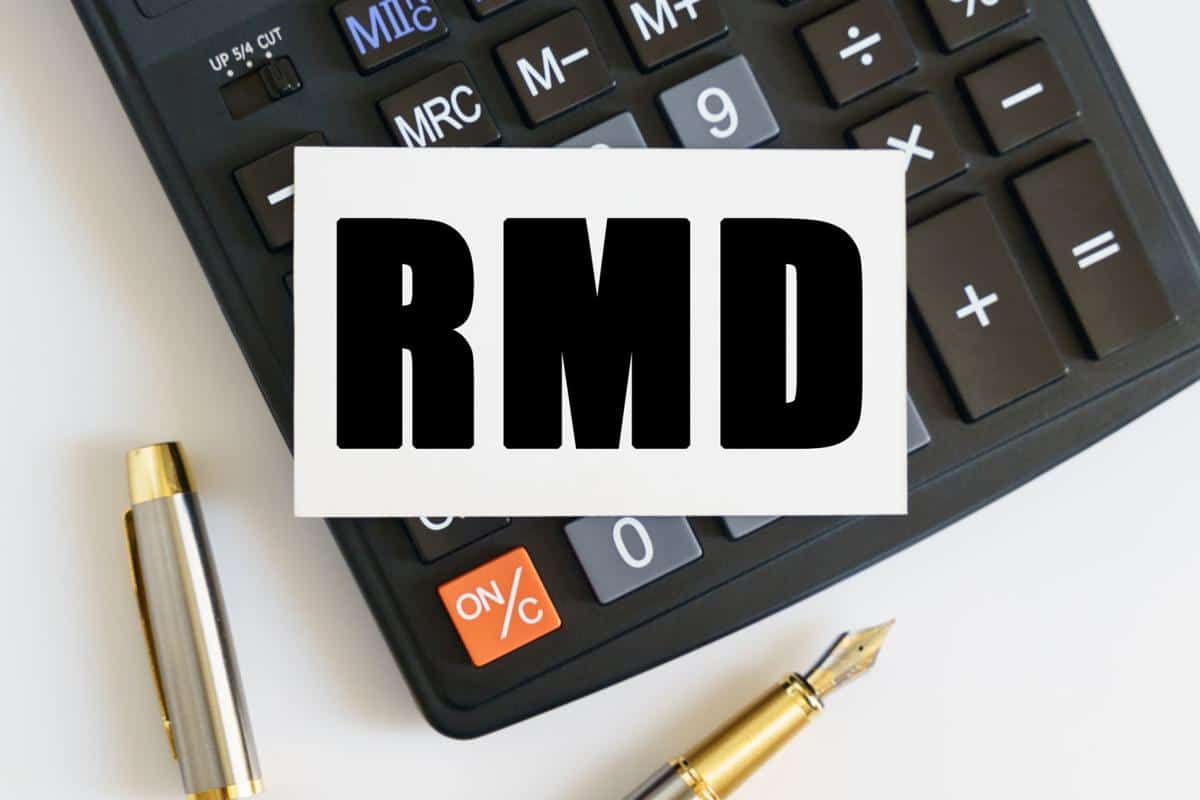The buoyant stock market has swelled the amount of money Americans have in their retirement savings plans, which is undoubtedly a welcome development for seniors who will need that money to live on.
But most of the more than $13 trillion in savings is stockpiled in tax-deferred plans, which means retirees will eventually have to pay taxes on it. And depending on the size of the account, that tax bill could be significant.
The IRS requires owners of traditional IRAs and other tax-deferred accounts, to take minimum annual withdrawals starting at age 72.
Required minimum distributions are taxed as income, so a large withdrawal could vault you into a higher tax bracket. In addition, more of your Social Security benefits could be taxed, you could lose out on certain deductions and credits tied to your modified adjusted gross income, and you could pay higher premiums for Medicare parts B and D.
But here are some ways to reduce the size of your required withdrawals and, consequently, your tax bill.
Tap your IRA for charity: If you’re 70½ or older, you can donate up to $100,000 a year from your IRAs to charity via a qualified charitable distribution, and after you turn 72, it will count toward your required minimum distribution.
A qualified charitable distribution isn’t deductible, but will reduce your adjusted gross income, which besides lowering your federal and state tax bill can also lower taxes on items tied to your AGI, such as Social Security benefits and Medicare premiums.
Make sure the donation is made directly from your IRA to the charity, otherwise, it won’t be considered a qualified charitable distribution.
You can’t make a qualified charitable distribution to a donor-advised fund or private foundation, and the recipient must be a 501©(3) charity registered with the IRS, says Mari Adam, a certified financial planner in Boca Raton, Fla.
Convert to a Roth: When you convert money in a traditional IRA to a Roth, you must pay taxes on the amount you convert (although part of the conversion won’t be taxed if you’ve made nondeductible contributions to your IRA).
After conversion, withdrawals are tax-free, as long as you’re 59½ or older and have owned a Roth for at least five years.
Unlike traditional IRAs and other tax-deferred accounts, Roths aren’t subject to required minimum distributions, so if you don’t need the money, you can let it continue to grow, with no obligation to the IRS.
You can keep the cost of a conversion down by converting during the period between the year you retire and the year you’re required to take required minimum distributions.

